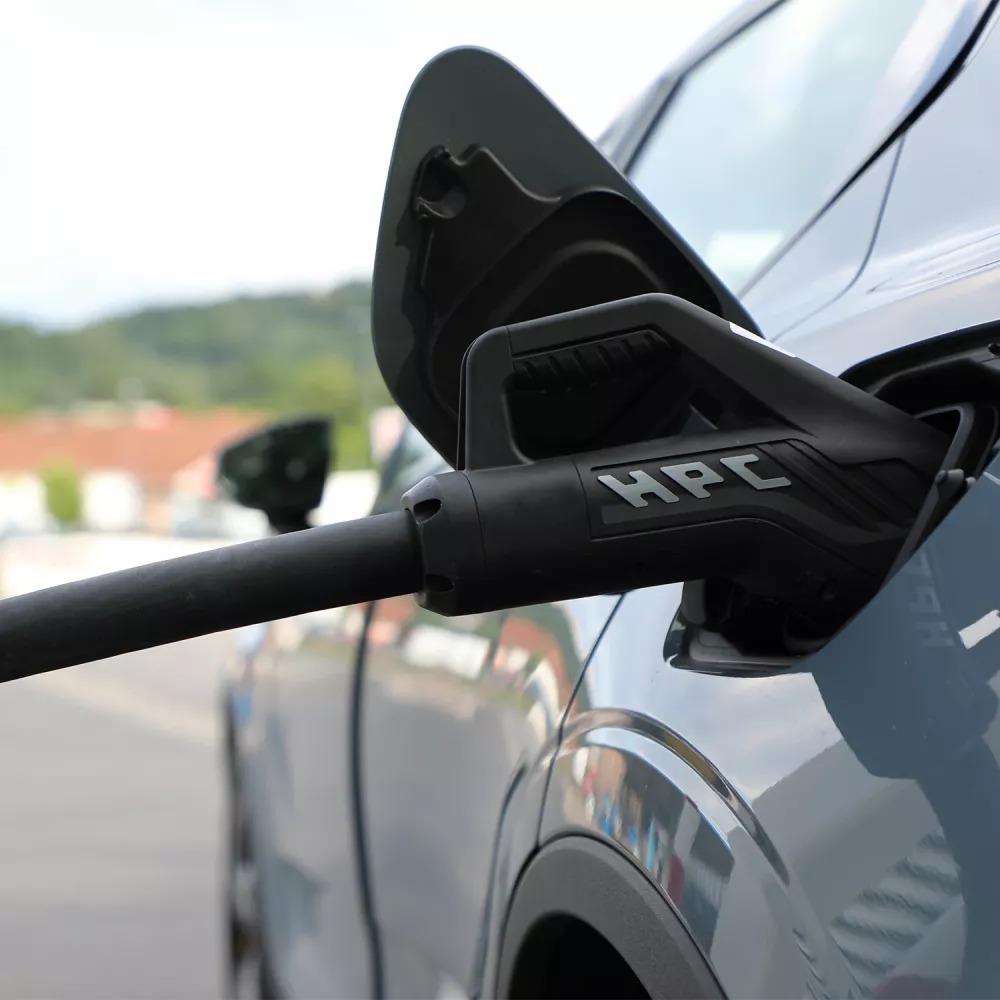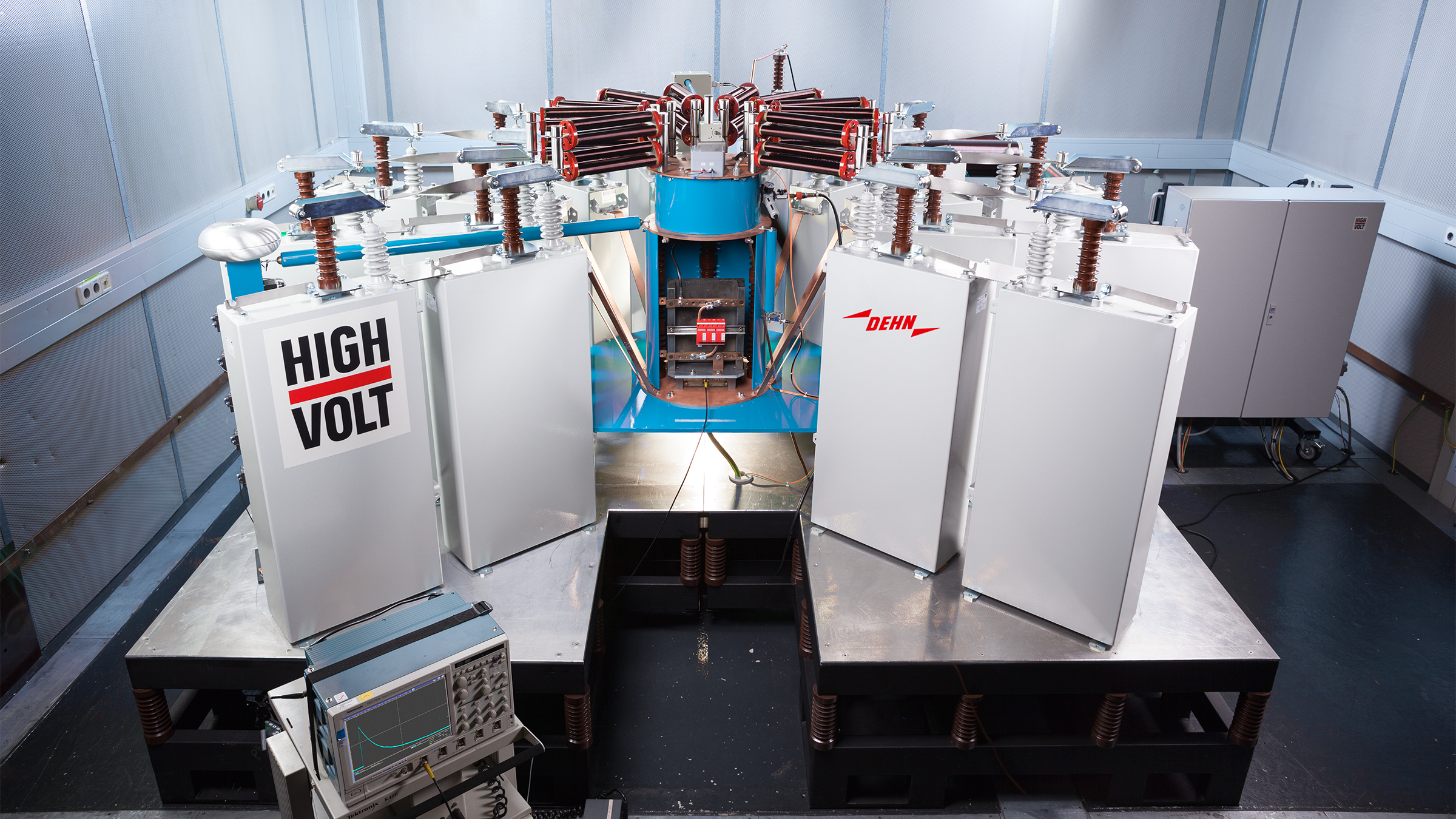Protection concepts for high-power charging
Shortening charging times and the availability of charging infrastructure are among the most important challenges to e-mobility. This is where high-power charging (HPC) comes into play. Ultra-fast charging runs at a charging capacity of 150 to 800 kW or even higher. By way of comparison, DC stations charge with an output from 50 kW and conventional AC charging points from around 11 kW. HPC therefore significantly shortens "pit stops". This in turn reduces the need for new charging infrastructure and makes long journeys easier to manage. The provision of HPC charging facilities and the protection of their constant availability are therefore groundbreaking for the e-mobility sector.
Modern HPC charging parks consist of transformer stations, converter units, battery storage systems and even DC-supplied charging stations. Each of these elements is essential for the operation of the charging park; any failure can disable the entire system. This makes it all the more important to plan a holistic, EMC-based lightning protection zone concept in accordance with IEC 62305. We will gladly help you with this. As experts in lightning and surge protection for HPC or megawatt charging stations, we develop and implement highly effective protection concepts for high-performance charging.

Safe from failure. Safe for people.
Direct or indirect lightning strikes as well as earth faults and short circuits in the power grid are a serious risk – both for the availability of the fast charging station and for the users. So if you are involved in the planning, construction or operation of a HPC charging station, you will need a comprehensive lightning protection and earthing concept.
This always includes external lightning protection, including air-termination and down-conductor systems. We recommend our specially developed insulated HVI Conductors to ensure that separation distances are maintained. The earthing system must be meshed in a corrosion-resistant manner and intermeshed with low impedance. It conducts the lightning current in a controlled manner and distributes it over a large area in the ground. Power and data lines and all other components at risk require equipotential bonding and surge protection. If there is a risk from step and touch voltage in the area where people are present, you should take additional measures, for example potential control using lightning-current-tested mesh mats.
Downloads
Properly protected – Safe charging
Smart power grids
DEHNguard M DC ACI 1250 FM
DEHNguard ME DC Y 1000 FM
Protection concepts for indoor and outdoor parking spaces
Electric mobility
Lightning and surge protection for electric mobility
Earthing und equipotential bonding for charging infrastructure

Lightning and surge protection for high power charging parks
How to use the risk analysis to define hazards, which protective measures are necessary and how to fulfil the requirements of IEC 60364-7-722 and IEC 60364-4-44, section 443.

Safe working on the charging post
Sophisticated equipment for the safe handling of high-voltage technology.



